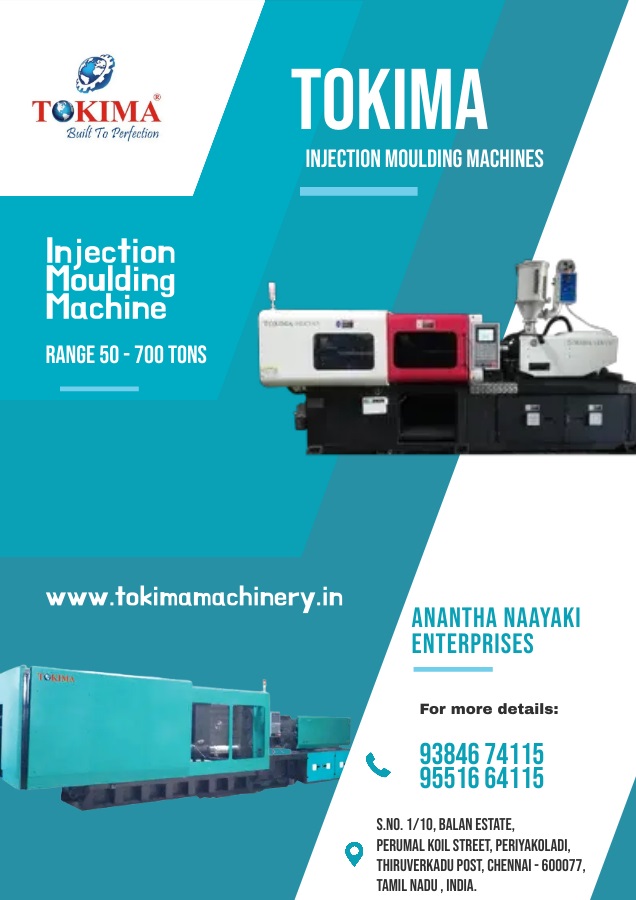The Growing Dominance of Polymer 3D Printing: Exploring Applications and Methods
Introduction:
Polymer 3D printing has emerged as a frontrunner in the additive manufacturing industry, exhibiting robust growth and surpassing metal 3D printing in revenue generation. Fused Deposition Modeling (FDM) is the preferred method for 56% of surveyed individuals, followed by Stereolithography (SLA) at 20%. In this article, we delve into the primary applications of 3D printing, including prototyping, tooling, low-volume production, mass customization, and serial production. Furthermore, we explore how both metal and plastic 3D printing contribute to these applications, particularly highlighting the role of metal 3D printing in tooling for plastic part production through injection molding.
1. Polymer 3D Printing: Surging Ahead
The plastic 3D printing market continues to dominate, generating more than twice the revenue of metal 3D printing. This growth can be attributed to the versatile nature of polymers and their suitability for diverse applications. Fused Deposition Modeling (FDM) takes the lead as the most preferred method, enabling the creation of objects by depositing melted plastic layer by layer. Stereolithography (SLA), employing UV light to solidify liquid resin layer by layer, also plays a significant role. These methods revolutionize industries by enabling prototyping, tooling, low-volume production, mass customization, and serial production.
2. Applications Driving 3D Printing Innovation
The applications of 3D printing encompass a wide range of industries and needs. Prototyping serves as the cornerstone of additive manufacturing, allowing rapid iterations and cost-effective design validation. Tooling, an essential aspect of manufacturing, benefits from the speed and complexity achievable through 3D printing, enhancing production efficiency. Low-volume production enables manufacturers to economically produce small quantities of custom parts without the need for expensive molds or tooling. Mass customization capitalizes on the inherent flexibility of 3D printing, offering personalized products tailored to individual preferences. Serial production utilizes 3D printing for large-scale manufacturing, with advantages such as reduced lead times and enhanced design freedom.
3. Synergy between Metal and Plastic 3D Printing
Metal 3D printing plays a pivotal role in specific applications that demand exceptional strength and precision. For instance, tooling for injection molding can be produced using metal 3D printing, providing the means to create intricate designs for plastic part manufacturing. By leveraging metal additive manufacturing techniques such as Selective Laser Melting (SLM) and Electron Beam Melting (EBM), manufacturers achieve enhanced production capabilities and cost savings while ensuring high-quality plastic parts.
Conclusion:
Polymer 3D printing, particularly plastic 3D printing, continues to flourish, outperforming metal 3D printing in revenue generation. Fused Deposition Modeling (FDM) and Stereolithography (SLA) stand out as the preferred methods for part manufacture. With applications spanning prototyping, tooling, low-volume production, mass customization, and serial production, 3D printing is transforming industries worldwide. Additionally, metal 3D printing complements plastic 3D printing by enabling the creation of intricate tooling for plastic part production through injection molding. As both technologies advance, the future of additive manufacturing holds immense potential for innovation and growth.






No comments